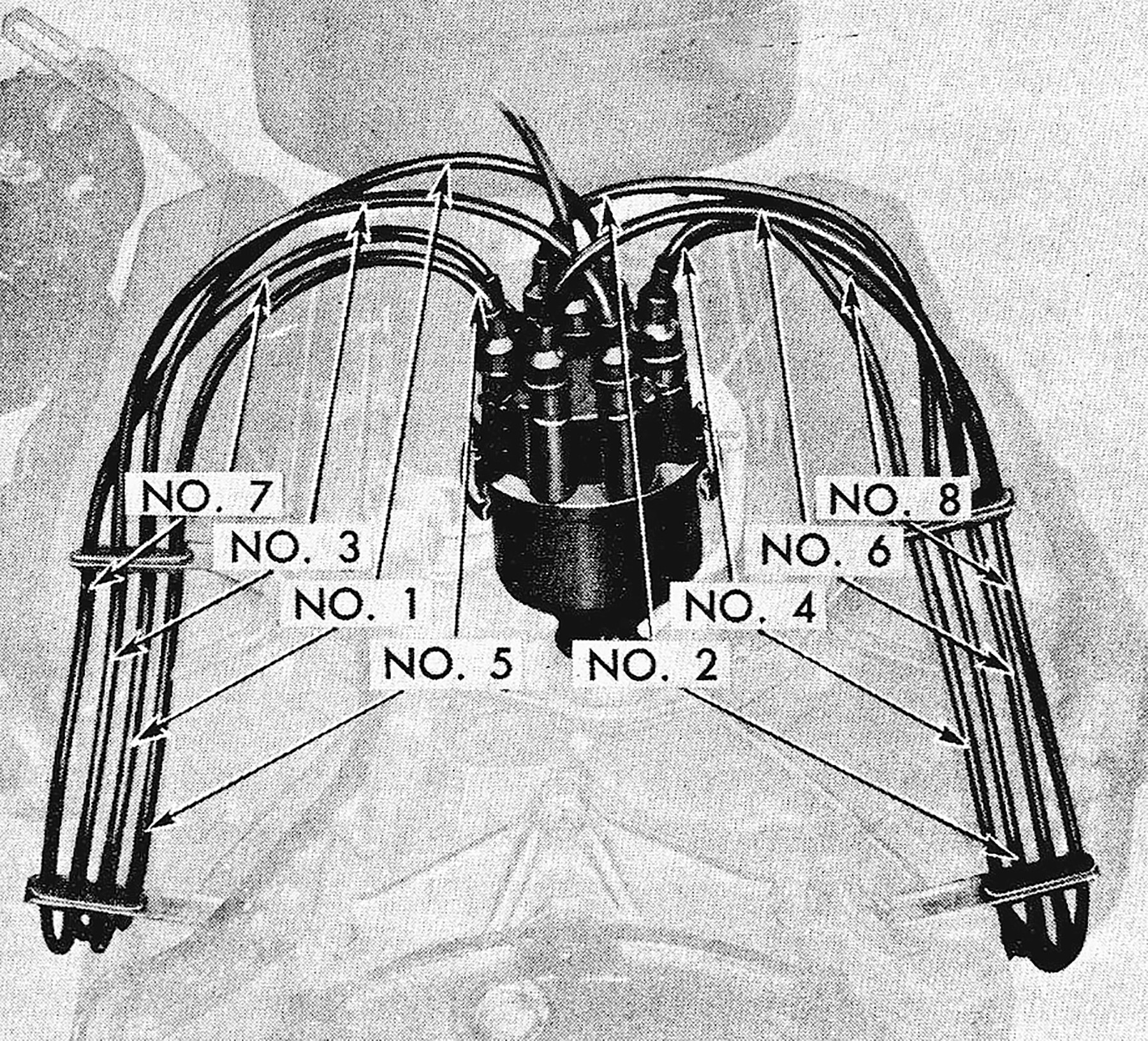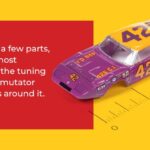Tuning up a classic car is a rewarding experience that keeps your vehicle running smoothly and preserves its historical value. Unlike modern cars with electronic systems, older vehicles require regular maintenance and adjustments. This guide provides a comprehensive walkthrough of the tuning process for classic cars.
Step 1: Spark Plug Replacement
Spark plugs are essential for ignition and require periodic replacement. Start by carefully removing the spark plug wires, labeling them to avoid misplacement. Inspect the wires and boots for damage, replacing them if necessary. Use a spark plug socket and ratchet to remove the old plugs. Before installing new plugs, check for damage and set the gap between the electrodes using a feeler gauge. Apply dielectric grease to the threads and tighten to the manufacturer’s specified torque.
Step 2: Distributor Maintenance
The distributor plays a crucial role in directing voltage to the spark plugs. Accessing the distributor might require some maneuvering depending on its location in the engine bay. Remove the distributor cap and inspect the contacts for corrosion. Clean or replace them as needed. Remove and inspect the rotor, replacing it if severely corroded. Replace the points and condenser, applying dielectric grease to the distributor cam before installation. Set the point gap according to specifications.
Step 3: Ignition Timing Adjustment
Accurate ignition timing is essential for engine performance and efficiency. Use a timing light to check the timing after installing new points. Disconnect the vacuum advance and connect the timing light to the number one spark plug wire. Aim the light at the timing marks on the harmonic balancer. Adjust the distributor until the timing aligns with the manufacturer’s specification.
Step 4: Filter Replacement
Regular filter changes are crucial for engine longevity. Replace the oil filter with every oil change, and change the fuel filter according to the recommended intervals. Air filters should be replaced based on their type and condition. For oil bath air filters, clean the element and refill with oil at each tune-up.
Step 5: Idle Mixture Adjustment
For vehicles with carburetors, adjusting the idle mixture is important for smooth running. Set the idle RPM using the adjustment screw on the carburetor linkage. Use a vacuum gauge to fine-tune the idle mixture, aiming for the highest vacuum reading at the specified RPM.
Tuning Old Cars requires patience and attention to detail. Following this guide ensures your classic car runs smoothly and reliably for years to come. Remember to consult your vehicle’s specific service manual for detailed instructions and specifications. Regular maintenance and tuning are key to preserving the enjoyment and value of your classic car.



